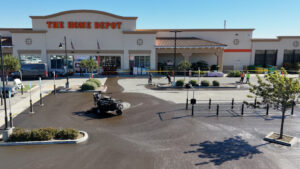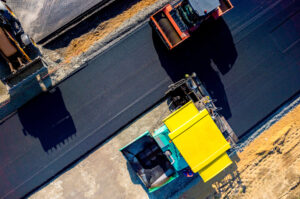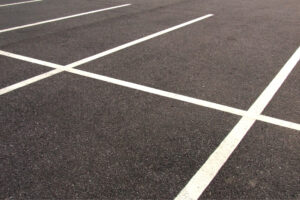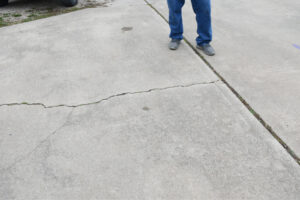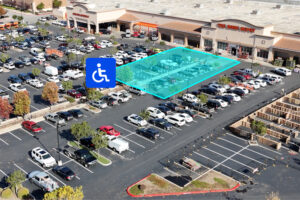See our work on social media:
Evaluate your Bay Area asphalt. Fill out the form below and get an expert opinion:
8 Signs Your Asphalt May Be Failing
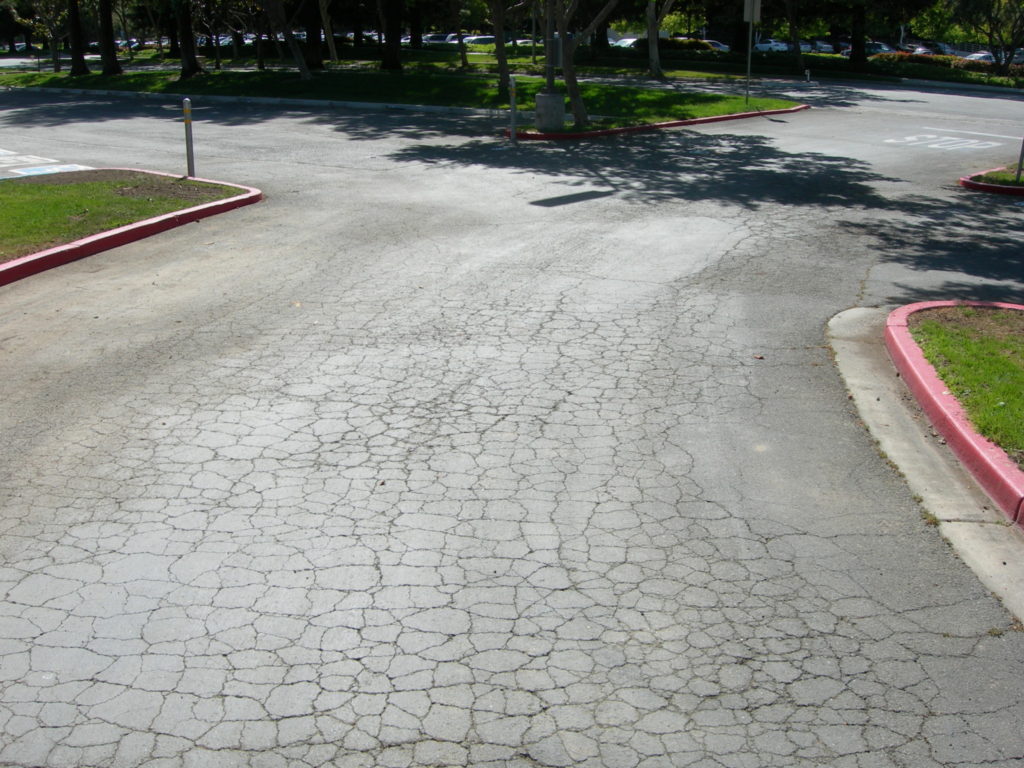
Asphalt is a very versatile and durable paving material. Its resilience and flexibility make it an ideal surface for everything from eight-lane superhighways to driveways to parking lots. However, asphalt does require care and maintenance to function at peak performance, and it can fail for several reasons. If you see any of these warning signs of failing asphalt, quick action can save you a lot of time, money, and hassle. Here are eight signs your asphalt may be failing—and what you can do to fix them!
1. Alligatoring
Alligatoring is called that because of its appearance: interconnected cracks that look like alligator skin. It is an indication of load-related deterioration which could be caused by a weakened or improperly compacted subbase material, excessive traffic loading, inadequate pavement thickness, or a combination of these factors.
2. Edge Cracks
Edge cracks are found within 1-2 feet of the outer edge of the asphalt surface, running longitudinally, or roughly parallel to the outer edge. These cracks are caused by improper support of the paving surface at the margins.
3. Reflective Cracks
Reflective cracks most typically form in joints or areas of concrete or asphalt paving which have been previously repaired, such as with crack sealing or where a temporary corrective overlay has been placed to relieve stress on deteriorated paving. These cracks form because of continuing movement of the old pavement due to continuing traffic load.
4. Slippage Cracks
Slippage cracks are easily identifiable because of their crescent shape. They occur either due to poorly bonded pavement layers or an asphalt mix design which is insufficient to the demands of the traffic patterns. These cracks appear because of forces applied by turning or braking vehicles, which cause the pavement to move slightly at first but with accelerating damage to the surface the longer the underlying cause goes uncorrected.
5. Rutting And Depressions
Ruttingis caused by weakness of the subgrade or base soil layers, instability of an asphalt mix, insufficient pavement thickness, or poor compaction. Rutting is a linear, surface depression of the wheel path caused by deformation or consolidation of any of the pavement layers or subgrade. Depressions,also known as birdbaths, are localized areas of pavement surface failure caused by poor initial construction techniques that undermine the asphalt over time. These may occur on their own or in conjunction with other failure indicators. If left unchecked, depressions can become potholes(see #8).
6. Asphalt Patch Failure
These failures are easy to spot because they’re very localized to the area where a patch was placed, and characterized by unevenness, deflection, or stress cracking along the perimeter of the patch. They are caused by either not fully removing the damaged area to be patched, or not allowing a minimum of one extra foot around the perimeter of the patch area to ensure the patch is bonding to an uncompromised surface. The rate of patch deterioration is influenced by materials selection, compaction, and the quality of the surrounding pavement as well as the underlying subbase. While the latter is not typically visible, adding one additional foot around the patch can help patches last longer and function better under load.
7. Raveling
Raveling is caused when the aggregate particles in the asphalt cement wear away under traffic forces. This condition suggests either that a poor-quality mixture was used or the asphalt surface has hardened enough to no longer be supple and flexible.
8. Potholes
These bowl-shaped holes are caused by localized disintegration of the pavement surface. Potholes are usually the result of another type of distress that has not been properly addressed. Segregation, failed patches, and cracks can all lead to a pothole over time. Weak spots and localized areas of improper or insufficient compaction in the subgrade or subbase, or poor asphalt mix designs, can accelerate the degradation of the pavement surface and the formation of potholes. When you notice indications of paving failure, bring in an experienced paving contractor as soon as possible to restore the surface and minimize downtime, expense, and the risk of further, more severe failure in the future. Calvac Paving has been proudly serving the Bay Area and beyond for over 45 years, and we’d like to put that experience to work for your next paving repair or new construction project.
For more information, or to learn more about how Calvac Paving can deliver the results you need and want, call any of our Bay Area offices or click here to contact us today!
Company
Services
Contact us
© 2025 All Rights Reserved.

